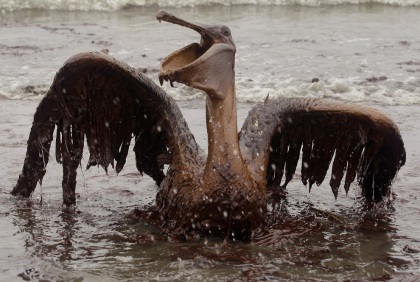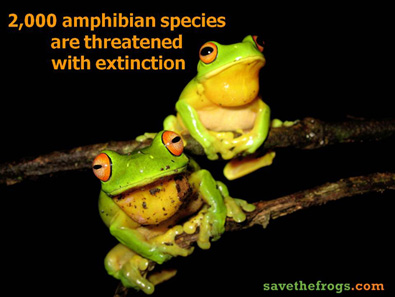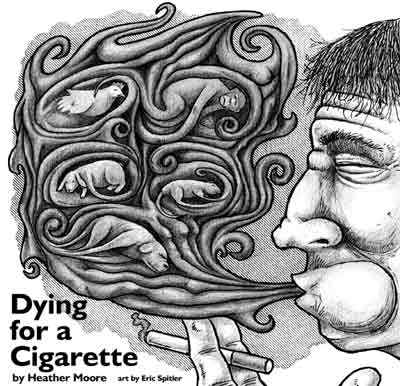Filed under: AR News, News | Tags: Boycott BP!, BP Kills Wildlife, BP's Wildlife Victims, Gulf Coast Oil Spill, Hold BP Accountable
 Are BP’s Wildlife Victims Better Off Dead? (!!!)
Are BP’s Wildlife Victims Better Off Dead? (!!!)
by Stephanie Feldstein | June 09, 2010
Silvia Gaus, a biologist at Germany’s Wattenmeer National Park, says the oil-covered birds in the Gulf of Mexico should be killed, not cleaned.
It can take up to four people and 300 gallons of water, plus a lot of Dawn dish soap and dedicated volunteers to rehabilitate and release one bird. After the Exxon Valdez spill, it cost nearly $32,000 per bird to send them home. And, according to Gaus, all that effort still leads to a near certain and painful death for the animals.
When oiled wildlife is rescued, it’s the proverbial race against time. Some of the animals will have already ingested too much oil, and no amount of Pepto Bismol (force-fed to oil-covered animals to protect their stomachs) can save them. For others, the stress of the cleanup operation will prove fatal. If they make it through the rehabilitation, many of them will die within a few days of being released into the wild, often from kidney and liver damage. The trauma of oil exposure may also alter their behavior and reproduction, which will impact their chances of survival. According to Gaus, studies show that the middle-term survival rate of oiled birds is less than one percent.
The Oiled Wildlife Care Network answers that question by taking a look at mortality, long-term value to the species, and cost. They say, depending on the spill, they’re able to release 50-75 percent of live animals rescued from the oil back into natural habitats.
As for what happens next, they admit survival rates are low, but they don’t have quite as much faith in the stats as Gaus. Animals seem to be faring better than previous studies have shown, but overall, post-release survival is “a critical knowledge gap in understanding the overall effects of oil in wildlife.” That’s part of the reason why we need to keep trying — we’ll never improve survival rates if we rush to kill the animals instead of finding out what might save them. And the animal care protocols for organizations like OWCN include ongoing monitoring and intensive medical management of released wildlife to help prevent those painful post-release deaths.
Some argue that we should only expend these kinds of resources on threatened or endangered species impacted by oil, like the Louisiana brown pelican, who was just removed from the endangered species list in November. The BP oil spill has put the birds at risk of making back onto the list in less than a year. In theory, rescuers could focus all of their energy on the brown pelicans, and similarly threatened species. In reality, all of the animals are collected anyway, and every one of them provides the opportunity for training, research and, most importantly, saving a life.
But $32,000 per bird? It’s a lot of money, but in the Exxon Valdez cleanup, wildlife recovery and rehabilitation accounted for less than five percent of the total cost of the oil spill response. So, when you’re looking at the big picture, wildlife rescue costs are not the problem in the wake of an oil disaster.
While it’s impossible to put a price tag on what the life of one animal means for its species or the ecosystem, cleaning wildlife is undoubtedly a better use of money than BP’s $50 million in TV ads to clean up their image.
Photo Credit: AP Photographer Charlie Riedel filed the following images of Brown Pelicans and other seabirds caught in the oil slick on a beach on Louisiana’s East Grand Terre Island, June 3 2010. See more images.
Learn More:
BP Tries to Block Photos of Dead Wildlife
Why Ken Salazar Should Take the Fall for the Oil Spill
Official oil spill estimate doubles to 20,000-40,000 barrels per day
Filed under: AR News, ARC Events, For the Environment, News, Use Your Voice!, Vegan | Tags: Gulf Coast Oil Spill, International Bird Rescue Research Center, Tri-State Bird Rescue & Research, Worldwide Vegan Bake Sale
ARC had a small Worldwide Vegan Bake Sale in the midst of finals. We still had some yummy vegan treats though, including mini banana bread loaves with coconut topping, organic apple muffins, toasted coconut or vanilla cupcakes, and “buttery” chocolate-chip oatmeal cookies. The proceeds went to grassroots wildlife rescue along the Gulf Coast in response to the devastating BP oil spill. Thanks to everyone that donated and helped out! This oil spill is far worse that the notorious Exxon-Valdez spill of 1989, releasing that same amount of oil as that disaster – every four days! Find out more, and boycott BP!
Donate to wildlife rescue efforts in the Gulf coast!
Tri-State Bird Rescue & Research and the International Bird Rescue Research Center.
A Brown Pelican being washed at the Fort Jackson, Louisiana rescue center. Photo from Tri-State Bird Rescue and International Bird Rescue Research Center.
The National Geographic Channel will air a documentary on the Deepwater Horizon blowout which sent oil gushing towards the coastlines oof Mississippi, Louisiana, Florida, and Alabama. “Gulf Oil Spill,” Thursday May 27th at 9pm, more info.


























